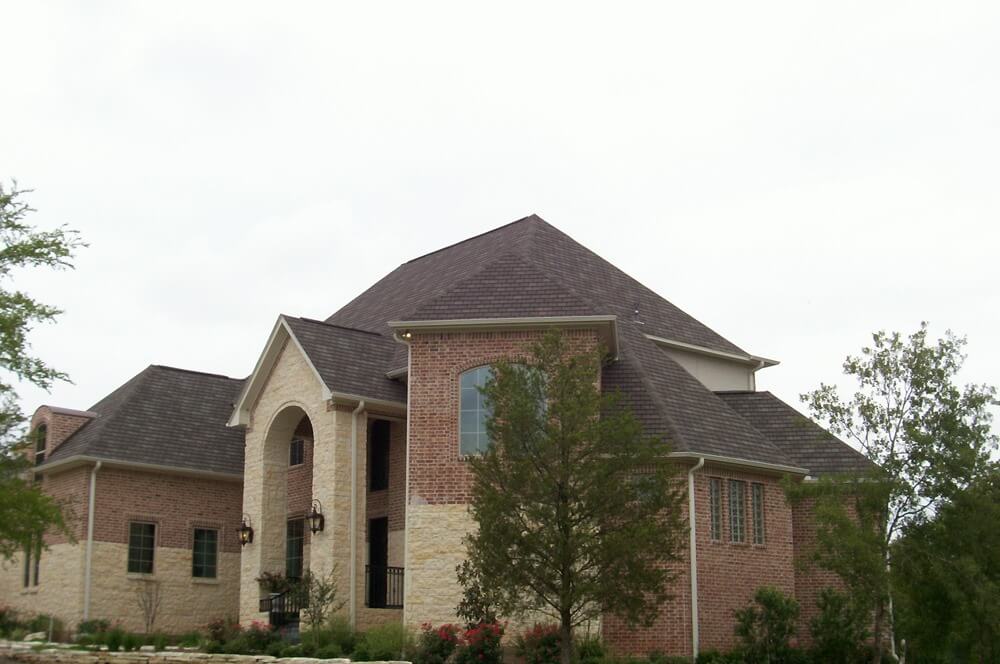The ultimate function of a roofing system is to serve as a protective structure that prevents pouring rain from sipping inside the house. Rainwater is the most common enemy of a roofing structure that is difficult to control.
By virtue of gravity, it will always flow downward following the pull of the gravity; this is the primary reason why roof leakage happens. The most common location of roof leakage is in the joint section of vents, chimneys, valleys, skylights, and other structures that project out from the roof’s surface.
Flashing
An expert Woodlands roofer explains that proper installation of flashing is essential in achieving a leak-free roof. Flashing is a technique that has been used for thousands of years. It has proven to be an effective barrier against water seepage. Flashing is fabricated from different types of metals, including galvanized iron, copper, and aluminum. For Do-It-Yourself (DIY) attempts, aluminum is widely used since it is easy to flex. It can easily be molded and formed into different shapes.
Damage Causes
The major cause of damage to roof flashing is seasonal changes or inclement weather conditions. Over time, the nails that hold the flashing will get loose and it will be pulled away from the joint sections. In this case, the flashing is ‘failure-prone.’ decreasing its capacity to prevent water leakage. Thus, adequate maintenance and early repair is imperative to prevent water leakage from causing damage.
Method of Repair
Roof flashing products are easy to install, and their effectiveness to thwart leakage depends on how the material is correctly installed; however, if the flashing is damaged, emergency flashing repair must be accomplished. Following are the steps to be taken:
- Step 1: Determine the Tools to Use – It is necessary to organize and gather all the tools that are needed prior to conducting repairs. The tools needed may be tinner’s snips, ladder, leather gloves, hammer, pry-bar, rust-proof nails, wire-brush, goggles, asphalt cement, and aluminum flashing. It is important to match the type of nails to the kind of metal flashing being used (ex. aluminum nails for aluminum flashing) to prevent corrosion.
- Step 2: Insert New Flashing – To repair damaged flashing, cut the metal flashing using the tinner’s snips. Flex it in the middle up to a 90-degree angle. Insert the top half of the flashing on the vertical walls and the other half should be inserted under the underlying roofing material. Fasten it using rust-proof nails and apply asphalt cement to hold it in place.
- Step 3: Repair Chimney Flashing – When repairing chimney flashing, don’t ever pull the entire old flashing away from the chimney. Carefully remove old mortar using a hammer and clean all the debris using a wire brush. If the old flashing needs replacement, cut another piece of metal flashing, bend it halfway and perform the process in Step 1.
- Step 4: Repair Pipe Vent Flashing on a Pitch Roof – Carefully remove the shingles covering the base of the old flashing. Remove the flashing by inserting a pry-bar under its edge and lift it up. Pull the flashing up from the vent pipe. Remove remaining nails and apply roof cement on the holes. Replace the old flashing with a new one. Nail it down, apply roof cement on the nail head, and put the shingles back over to cover the new flashing.
Roof flashing is the most difficult aspect of roof installation. Conventional roof flashing lasts for several years; however, without proper maintenance, it will be damaged over time. Repair of such damage can be done by the homeowner, although it is still best to consult and have an expert Woodlands roofer assess the damage and let them explain the process of roof repair and its importance!

